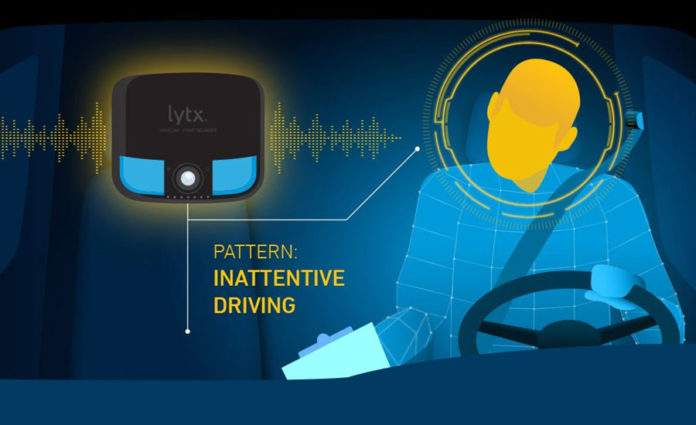Introduction
Drunk driving continues to be a major concern worldwide, posing a significant risk to public safety. To combat this issue, various technologies have been developed to alert drivers about their impaired state and discourage them from getting behind the wheel. Two such technologies are voice alarms and optical warnings. In this article, we will explore the effectiveness of these alert systems, their implementation in vehicles, and their potential to reduce drunk driving incidents.
Voice Alarms
How voice alarms work
Voice alarms are designed to audibly alert drivers about their impairment and the dangers of driving under the influence. These alarms can be triggered by various factors, such as the detection of alcohol on the driver’s breath, erratic driving behavior, or the presence of alcohol in the vehicle’s interior.
Implementation in vehicles
Voice alarms can be integrated into vehicles using advanced technology. Breathalyzer devices, for example, can be connected to a vehicle’s ignition system, requiring the driver to provide a breath sample before starting the engine. If the breathalyzer detects alcohol above a certain threshold, a voice alarm will be activated, warning the driver against driving.
Effectiveness of voice alarms
Studies have shown that voice alarms can be effective in reducing drunk driving incidents. The audible warnings serve as a constant reminder to drivers about the risks they pose to themselves and others if they choose to drive under the influence. This reminder can help deter individuals from making the dangerous decision to operate a vehicle while impaired.
Optical Warnings
How optical warnings work
Optical warnings utilize visual cues to alert drivers about their impaired state. These warnings can take the form of flashing lights, LED displays, or holographic projections that are visible within the driver’s line of sight.
Implementation in vehicles
Optical warning systems can be installed in vehicles to provide immediate visual feedback to drivers. These systems can be connected to various sensors, such as alcohol detectors or eye-tracking devices, to assess the driver’s level of impairment. If a high level of impairment is detected, the optical warning system will activate, visually alerting the driver to the dangers of driving under the influence.
Effectiveness of optical warnings
Optical warnings have shown promise in reducing drunk driving incidents. The visual cues provided by these systems create a strong visual impact, making it difficult for drivers to ignore the warning signs. By directly addressing the driver’s impaired state, optical warnings can effectively deter individuals from driving under the influence.
Combined Approach
To maximize the effectiveness of alert systems, a combined approach that includes both voice alarms and optical warnings can be implemented. By utilizing both auditory and visual cues, this approach provides a multi-sensory reminder to drivers about the dangers of drunk driving.
The combination of voice alarms and optical warnings creates a comprehensive alert system that can effectively deter individuals from driving under the influence. The auditory component of voice alarms ensures that drivers are constantly reminded of the risks, while the visual component of optical warnings reinforces the message and makes it difficult to ignore.
Limitations and Considerations
While voice alarms and optical warnings show promise in reducing drunk driving incidents, it is important to consider their limitations and potential challenges:
False positives and false negatives
Alert systems may have false positives, triggering warnings when the driver is not actually impaired, or false negatives, failing to detect impairment in some cases. It is crucial to fine-tune these systems to minimize these errors and ensure accurate detection.
Driver acceptance and compliance
The effectiveness of alert systems relies on driver acceptance and compliance. Some drivers may be resistant to these technologies or choose to ignore the warnings. Ongoing education and awareness campaigns are necessary to promote the adoption and proper use of these alert systems.
Privacy concerns
Implementing alert systems that monitor driver behavior and impairment raises privacy concerns. It is important to strike a balance between public safety and individual privacy rights when developing and implementing these technologies.
Cost and accessibility
The cost of implementing voice alarms and optical warnings in vehicles may be a barrier to widespread adoption. Ensuring affordability and accessibility of these systems is crucial to their success in reducing drunk driving incidents.
Conclusion
Voice alarms and optical warnings are innovative technologies that have the potential to significantly reduce drunk driving incidents. By providing constant reminders and visual cues about the dangers of driving under the influence, these alert systems can deter individuals from making risky decisions. However, it is important to address the limitations and challenges associated with these technologies to ensure their effectiveness and widespread adoption. Implementing a combined approach that integrates both voice alarms and optical warnings can create a comprehensive alert system that maximizes the impact on driver behavior and promotes safer roads for everyone.

